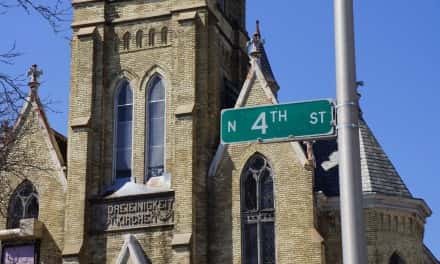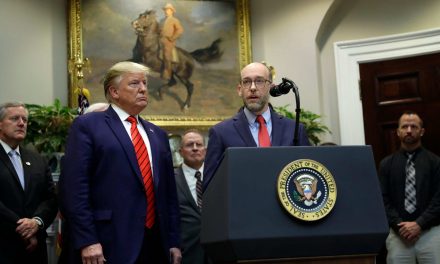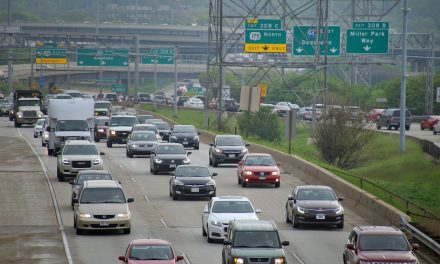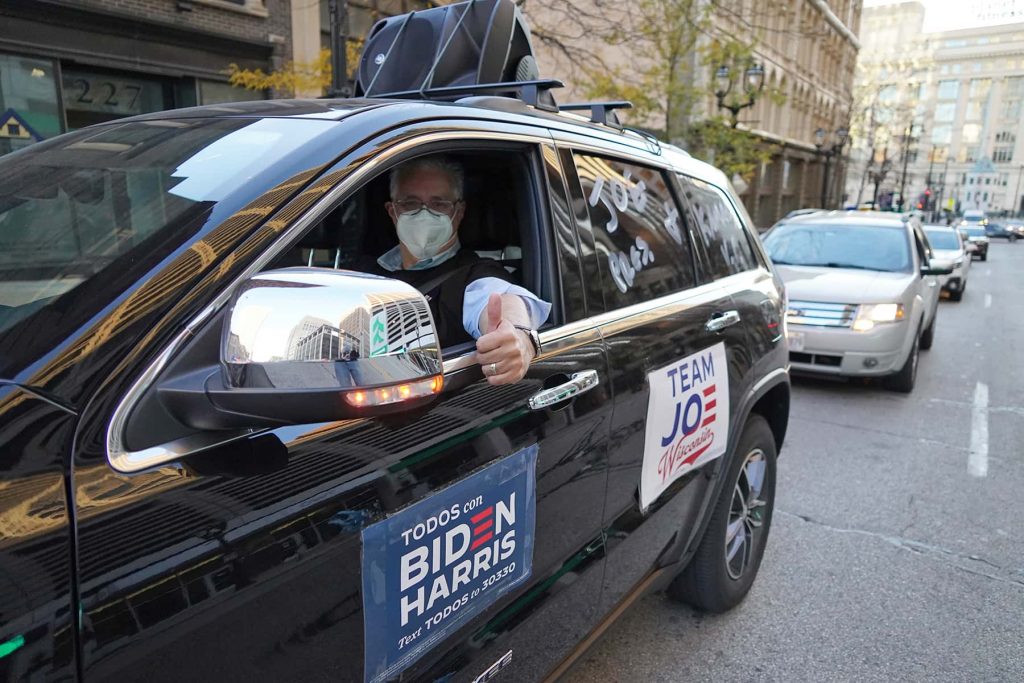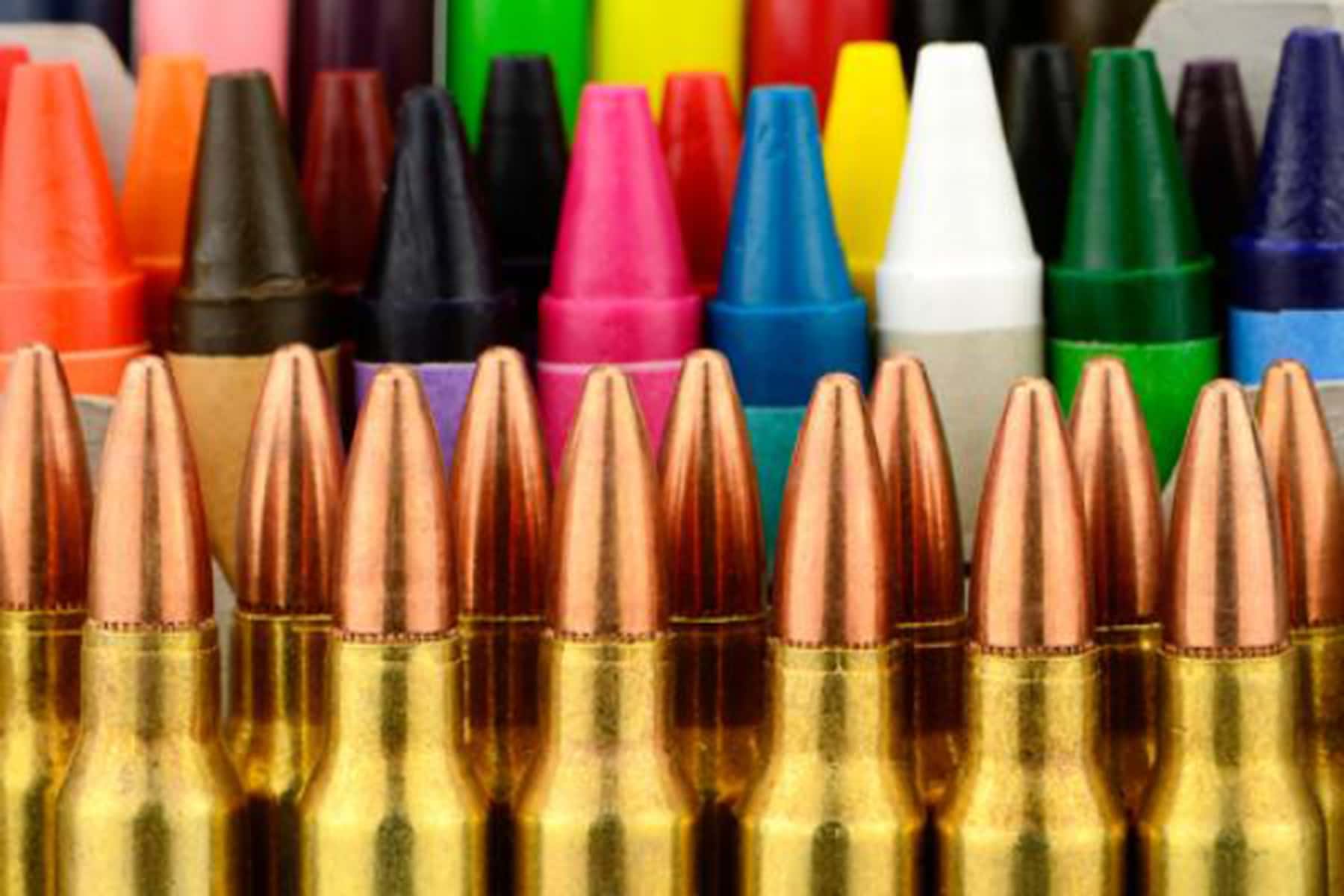
Shootings a day apart at two high schools in Wisconsin have shaken the state and sparked a renewed debate over how to combat violence in American schools.
An Oshkosh police department resource officer shot a 16-year-old student on December 3 after the boy stabbed him in the officer’s office at Oshkosh West high school. A day earlier, a resource officer at Waukesha South high school helped clear students out of a classroom after a 17-year-old student pointed a pellet gun at another student’s head. Another police officer entered the room and shot the student.
Neither of the students who were shot suffered life-threatening injuries. Governor Tony Evers called the shootings “breathtaking and tragic.”
“The trauma that happens because of this just ripples through the community,” Governor Evers added. “It will take time for people to recover from this. Trauma is a significant issue. We have to be patient.”
The debate about the role of armed teachers or police in schools has been a constant in the wake of school shootings across the country. But rarely have armed resource officers been able to prevent a shooting.
An estimated 43% of public schools have armed officers on campus, according to a survey by the National Center for Education Statistics. The survey covered the 2015-2016 school year, the most recent year surveyed. That figure doesn’t include schools with armed private security guards or teachers and administrators who carry guns.
The U.S. Department of Justice has adopted best practices for resource officers from the National Association of School Resources. Those guidelines call for resource officers to serve as police officers as well as teachers and mentors.
The National Association of School Resource Officers (NASRO) recommends such officers have three years of experience and says they should be willing to engage with students and have excellent communication skills. They should complete a school-based policing course before being assigned to the beat and complete an advanced school policing course NASRO provides within a year of completing the basic course. They also should complete biannual training on how lone officers should handle threats and assailants.
No Wisconsin laws spell out any special requirements for resource officers or restrictions on their weapons. But the state department of justice has adopted best practices similar to Nasro’s recommendations, calling for officers to work with schools on the extent of their duties, the skills they need, and where school discipline ends and illegal conduct begins. The state guidelines also suggest officers receive training in child development, restraint policies and de-escalation strategies.
It’s not clear what led to the stabbing at Oshkosh West high school on December 3, which has 1,700 students. The police chief, Dean Smith, said that the officer and the student got into an “altercation” in the officer’s office, the student stabbed the officer with an edged weapon and the officer opened fire with his 9mm pistol, hitting the student once. It is unclear how many times the officer may have fired. Officials said the officer has 21 years of experience with the Oshkosh police department and has served as a school resource officer since 2017.
At Waukesha South high school, 80 miles south of Oshkosh in suburban Milwaukee, a 17-year-old student apparently grew angry with another student and pointed a pellet gun at the other student. The school’s resource officer helped clear students from the classroom.
At some point, another officer entered the room and shot the student who refused to drop the weapon. Police said the boy pointed the gun at officers as they confronted him. Police said the student with the pellet gun underwent surgery and was in stable condition.
“Today’s tragic event shows that trained school resource officers can save lives,” Vickie Cartwright, the Oshkosh superintendent, said at a news conference on Tuesday.
As school shootings have become more frequent, gun rights advocates and gun control advocates have sparred over how best to respond to them. Supporters of gun restrictions have argued that putting more guns in schools does little to prevent shootings and just puts students at greater risk.
Last year armed guards at three high-profile school shootings – Marshall county high school in Benton, Kentucky; Majory Stoneman Douglas high school in Parkland, Florida; and Santa Fe high school in Texas – were unable to stop those shootings. In Parkland, the school’s resource officer remained outside rather than enter the building to engage the shooter and try to stop it.
But gun-rights advocates believe having more armed educators and law enforcement in schools will help stop a shooter from going on a rampage.
“This confirms that action can, and should, be taken to mitigate harm and limit casualties when weapons are brought into school,” Senator Ron Johnson, a Republican, said on Tuesday.
Governor Evers said he is committed to working with Republicans who control the legislature on increasing mental health funding for schools. He thinks Republicans will work with him on that, even though they did not provide as much funding for mental health programs as Evers requested in the state budget approved this summer. Republicans also refused to take up a pair of gun safety bills earlier this year that Evers said were part of the solution to combating violence in schools.
A former state superintendent of schools who worked as a principal, school superintendent and administrator before he was elected governor, Evers said the issue is particularly striking for him, given his background and the fact that has three grown children and nine grandchildren. Two of his children attended the high school in Oshkosh where the shooting occurred.
“Our kids need help,” he said. “I’ve been around long enough to see how this has amplified over time. The time is now to take it on.”
Guardian Staff
Originally published on The Guardian as Two school shootings a day apart: Wisconsin reckons with impact of armed guards
Help deliver the independent journalism that the world needs, make a contribution of support to The Guardian.

